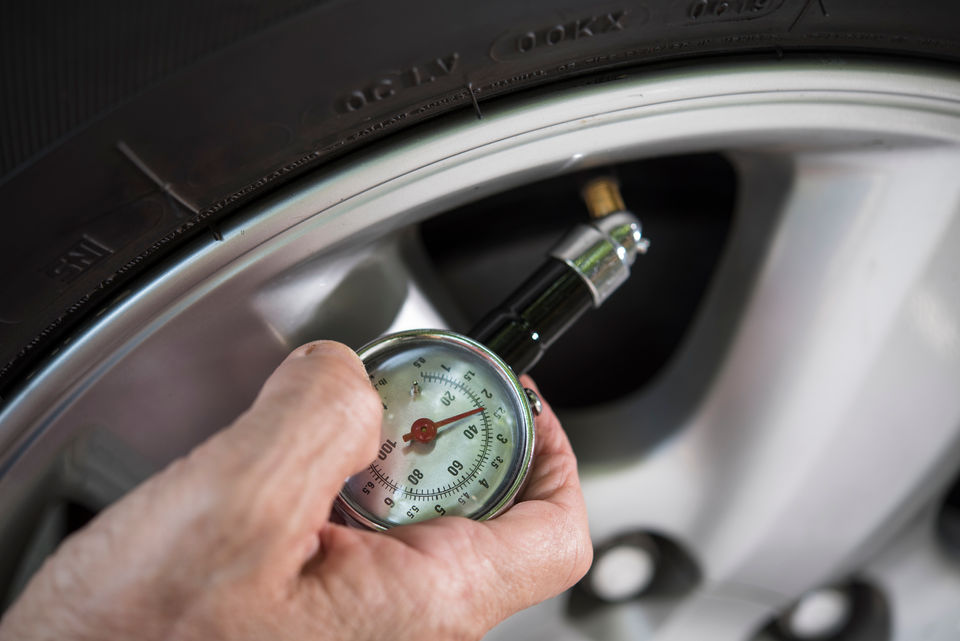
What Tyre Pressure (PSI) Should A 4WD Use While On Road?
Do you own a 4WD? Are you aware of the right tyre pressure for your off-roading companion while driving on regular roads?
If you’re looking for answers, this guide will help!
What Is Tyre Pressure?
Tyre pressure refers to the amount of air pressure inside a tyre, measured in PSI (pounds per square inch).
Maintaining the right tyre pressure is important as it directly impacts the performance, handling, and safety of your 4WD vehicle.
What PSI Should 4WD Tyres Be On Road
The ideal tyre pressure for a 4WD when driving on road generally falls within the range of 30 to 35 PSI. However, you should remember that this may vary slightly based on the make and model of your vehicle.
To find the precise recommendation for your 4WD, you can refer to the owner’s manual or the sticker usually located on the driver’s side door jamb.
Importance Of Correct Tyre Pressure
Fuel Efficiency
Underinflated tyres create more rolling resistance, leading to decreased fuel efficiency. By keeping your tyres properly inflated, you can save on fuel costs and reduce carbon emissions.
Tyre Longevity
Incorrect tyre pressure can cause uneven wear patterns on the tyres, leading to premature wear and tear. Maintaining the right pressure extends the life of your tyres, saving money on replacements.
Handling And Performance
Properly inflated tyres offer improved handling and stability, enhancing the overall performance of your 4WD, especially during cornering and braking.
Checking Tyre Pressure For 4WD On Road
Use A Reliable Pressure Gauge
Invest in a good quality pressure gauge to ensure accurate readings.
Check When Cold
Measure the tyre pressure when the tyres are cold, preferably before you start driving.
Refer To The Manual
Locate the recommended PSI for your 4WD in the owner’s manual or on a sticker inside the driver’s side door jamb.
Adjust As Needed
If the pressure is too high, release some air, and if it’s too low, add air until it matches the recommended level.
Spare Tyre
Don’t forget to check the spare tyre’s pressure too, as it may come in handy during emergencies.
Conclusion
Understanding the appropriate tyre pressure for your 4WD when driving on roads (as opposed to other terrain like beach/sand) is vital for your safety.
By following the recommended PSI range, considering specific driving conditions, and regularly checking the pressure, you can enjoy a smooth and worry-free driving experience.

Louis
I'm Louis, an engineer passionate about helping Australians choose better tyres for their vehicles!
